PROTECT YOUR DNA WITH QUANTUM TECHNOLOGY
Orgo-Life the new way to the future Advertising by AdpathwaySome areas lack frosts altogether during the winter, but that is not the case for most of the U.S. Frosts arrive like clockwork in the fall as the days shorten and cold weather returns. They make it difficult to grow vegetables.
Fear not. There are crops that need cold weather to thrive, and some grow sweeter with frosts, like root crops, leafy greens, and bulbs. Plant these frost-tolerant vegetables in October for successful harvests this season and the next.
In frost-free regions, plant these crops from fall through winter for a harvesting season during the cool months. They appreciate low temperatures, frosts, and the ample moisture that’s common in autumn.
Ruby Queen Beet
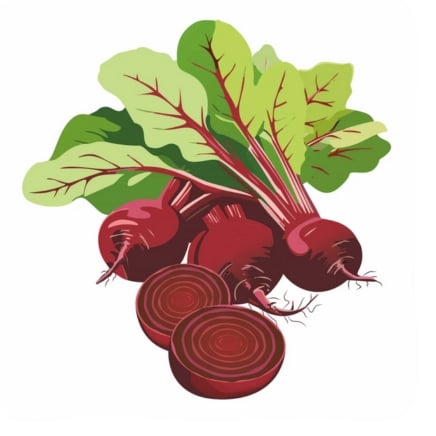
Rosette Tatsoi Bok Choy

Rosette Tatsoi Bok Choy Seeds
Green Express Cabbage
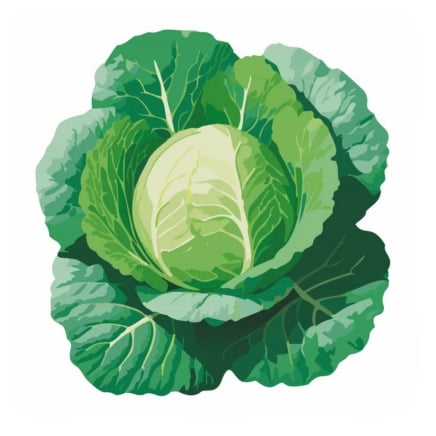
Green Express Cabbage Seeds
Beet ‘Ruby Queen’
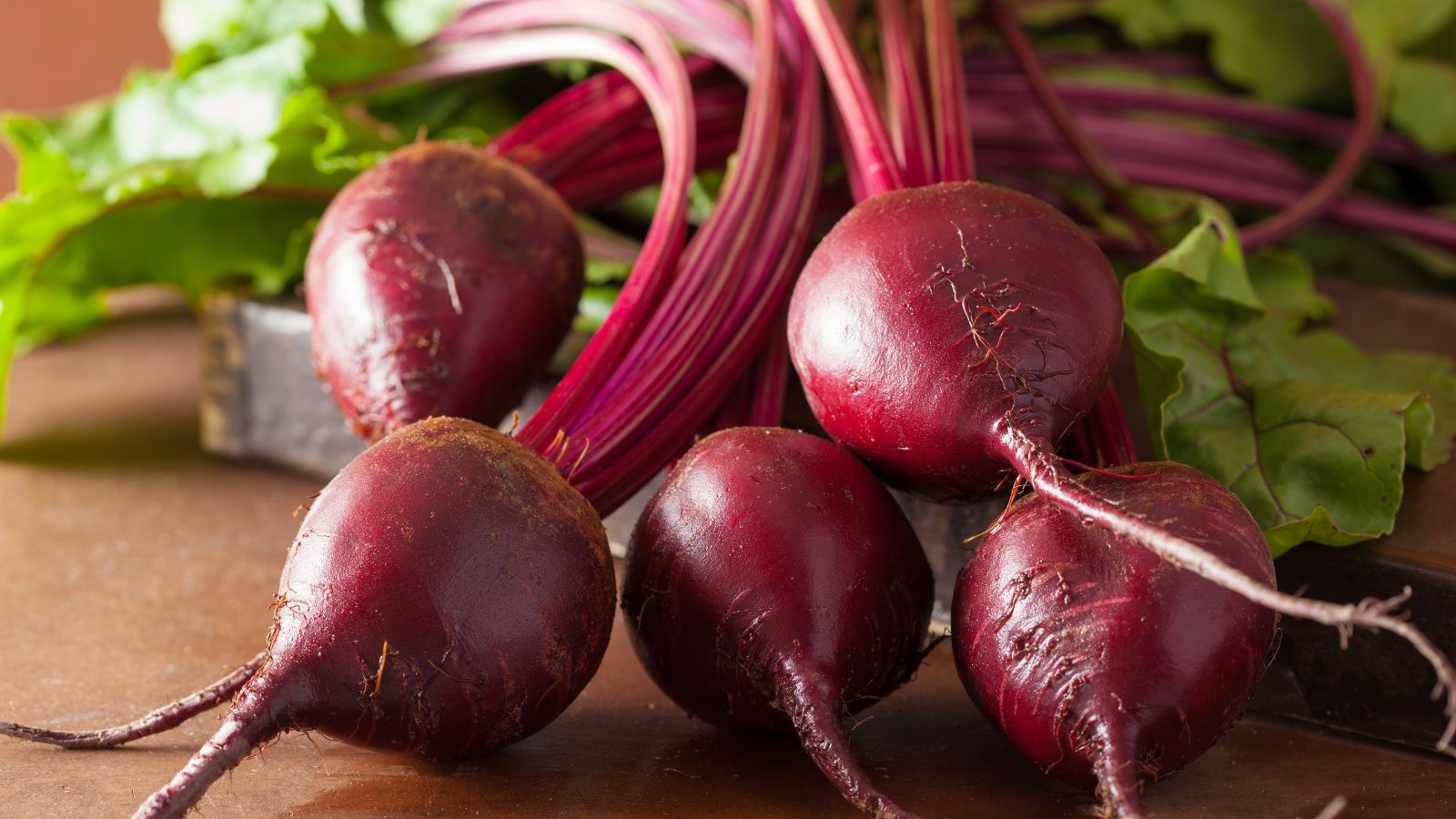 Cool weather turns their flavor richer and sweeter.
Cool weather turns their flavor richer and sweeter.Beets are not only great frost-tolerant vegetables for October, but they also grow sweeter with frosts. They’re frost-tolerant when mature, and they thrive under cool weather. ‘Ruby Queen’ is one of the best varieties, as it’s quick to mature and versatile in the kitchen.
Use ‘Ruby Queen’ beets for cooked meals, or process them with pickling, canning, or preserving. They hold up well for processing and retain their flavor in long-term storage.
Plant beet seeds consecutively every two weeks up until a month or two before your first average frost date. Mulch them thickly to protect them from the cold, and keep them moist while they grow.
Bok Choy ‘Rosette’
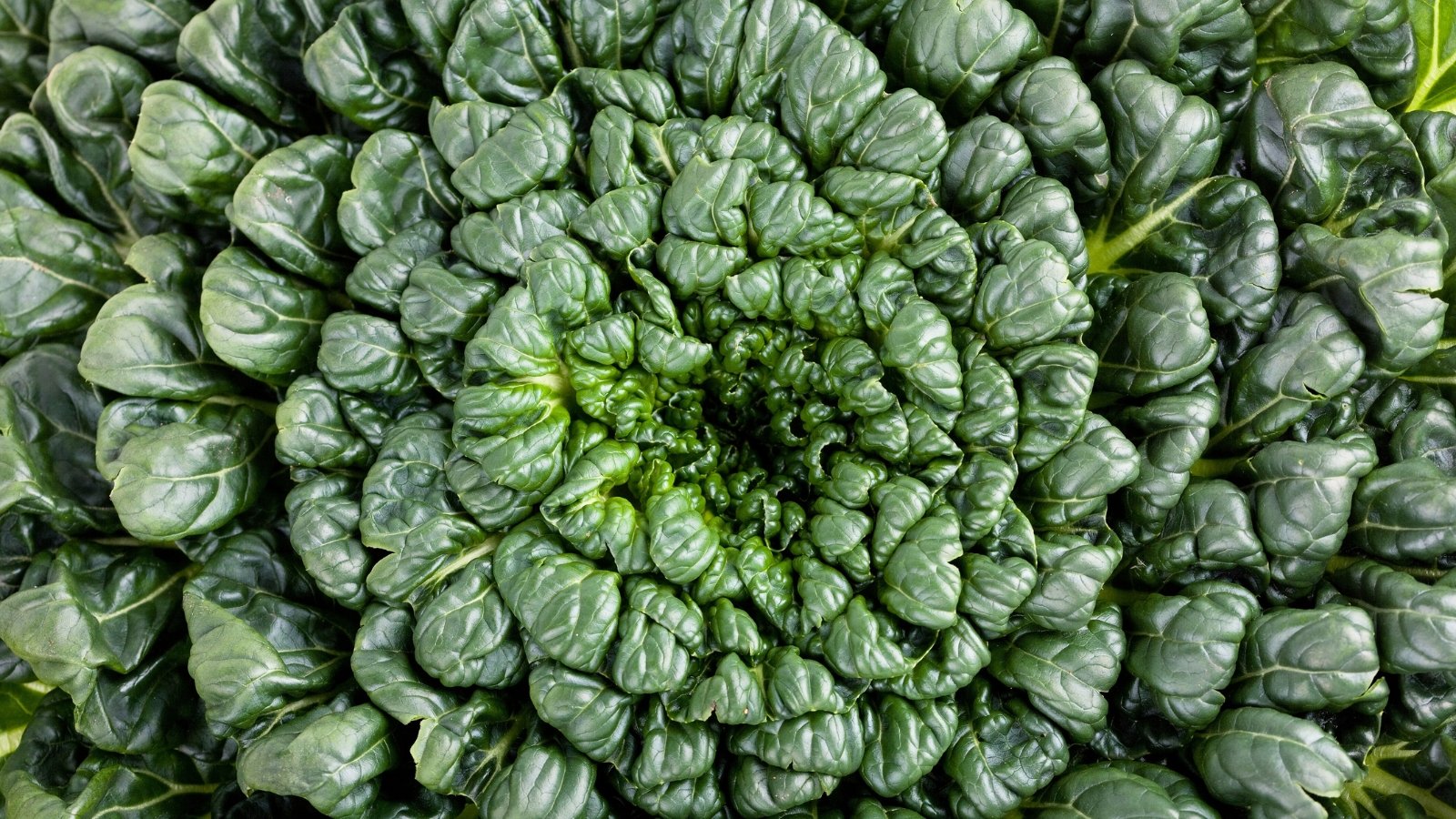 Hardy greens thrive even when temperatures dip low.
Hardy greens thrive even when temperatures dip low.‘Rosette’ bok choy, or tatsoi, is one tough vegetable. It grows spoon-shaped leaves with crunchy stems, and they’re packed with flavor and nutrients. Use them in stir-fries, soups, and casseroles.
This bok choy alternative is frost-tolerant and incredibly hardy. Grow it in a cold frame for greens through the winter, or replant it whenever the weather permits. It’s a great fall or spring vegetable.
Brussels Sprouts ‘Long Island Improved’
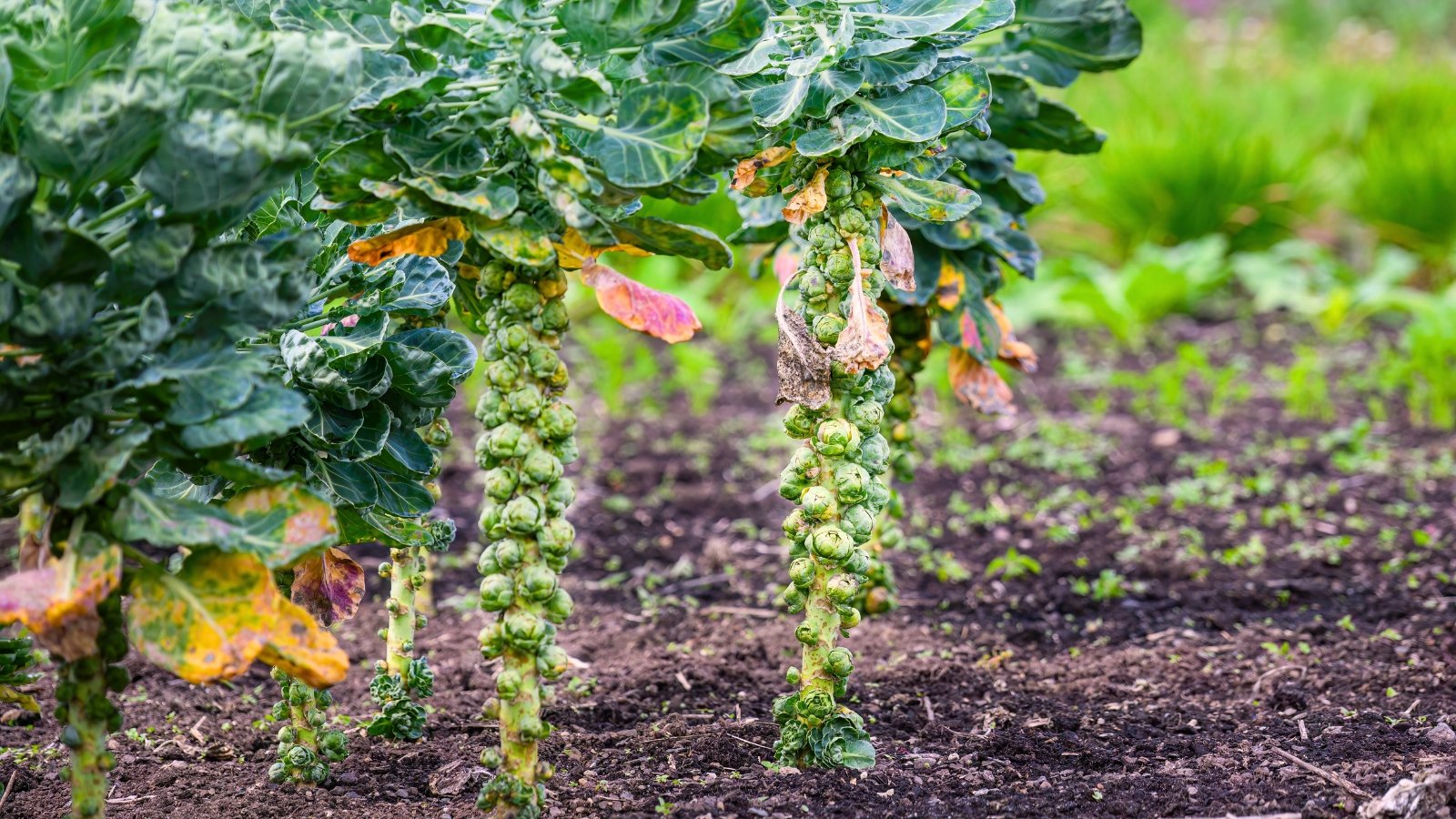 Improved varieties make sprouts finally worthy of praise.
Improved varieties make sprouts finally worthy of praise.Brussels sprouts used to have a bad reputation for being bland, bitter, and not tasty. Nowadays, they’re the prize dishes of Michelin-starred restaurants. What happened?
Plant breeders found a way to breed the bitter taste out of the sprouts. Try a variety like ‘Long Island Improved’ to enjoy the crunchy texture and improved flavor of today’s Brussels sprouts.
Plant these frost-tolerant vegetables in October if you garden in a mild climate without hard freezes in winter. Otherwise, wait until spring to enjoy Brussels sprouts.
Cabbage ‘Green Express’
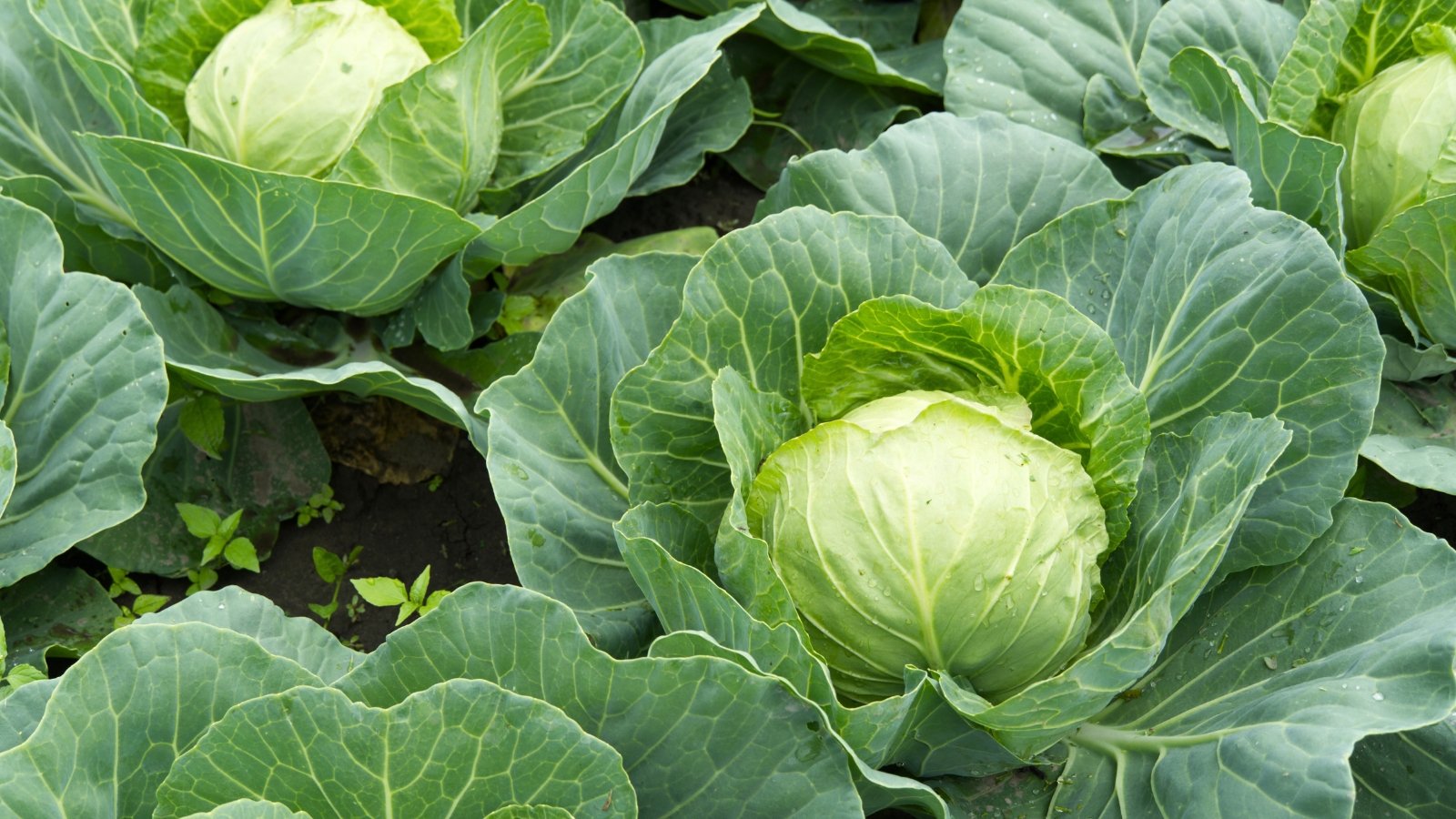 Tight green heads mature quickly for tasty meals.
Tight green heads mature quickly for tasty meals.‘Green Express’ forms a tight, well-packed head of cabbage in little time. It takes about 50 days after planting for the heads to form. Plant starts in early October, and you’ll have harvests as early as the end of November.
Or, consider overwintering cabbage. Plant seeds, then mulch the roots with plenty of compost. Light frosts turn the cabbage leaves sweeter, making them more flavorful for sauerkraut and roasted dishes.
Fava Bean
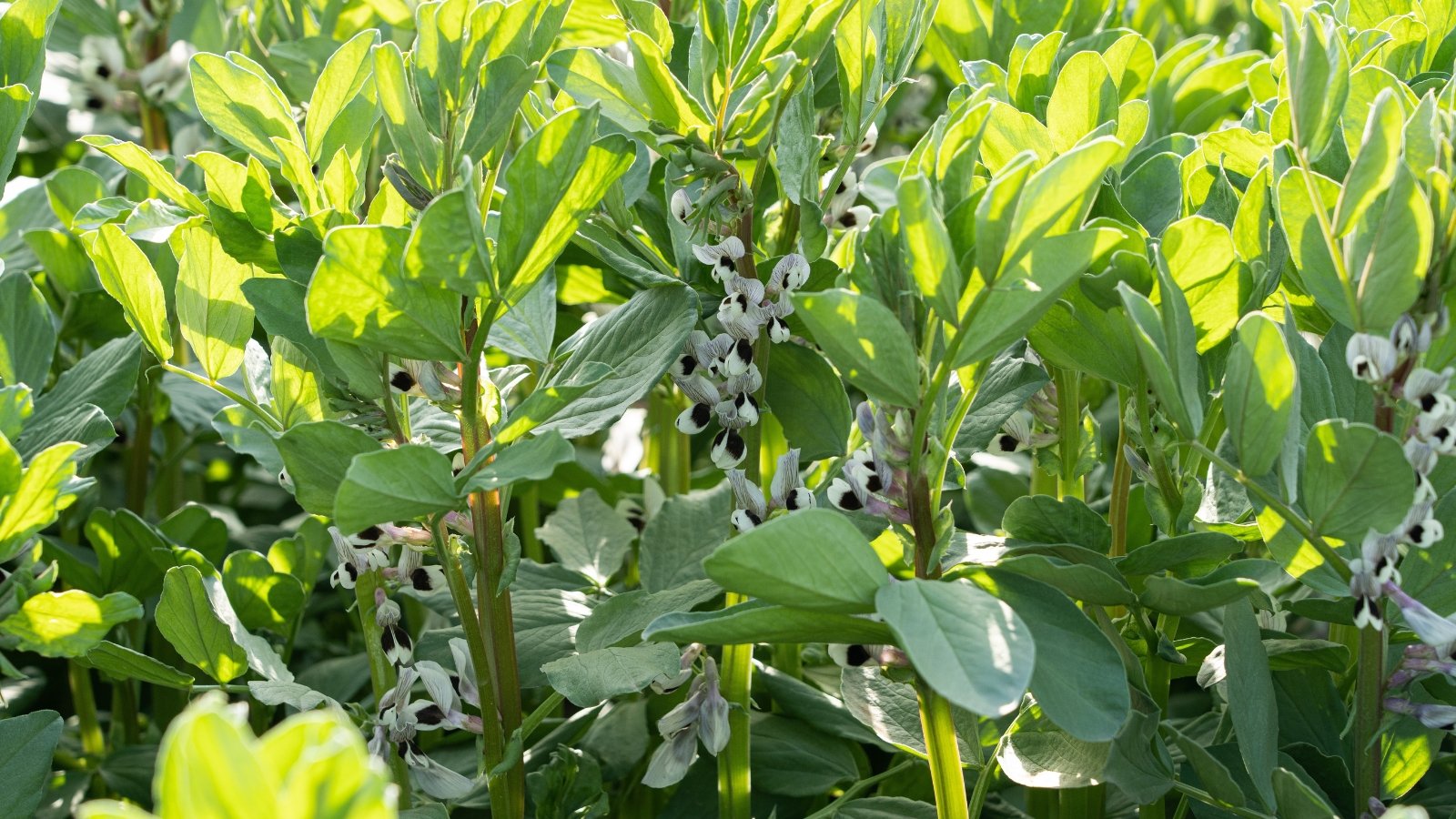 Leafy plants protect the soil while offering spring beans.
Leafy plants protect the soil while offering spring beans.Fava beans are dual-purpose vegetables in the garden. They work as cover crops to insulate the soil through winter, and they produce edible beans in spring. Plant them in October as cover crops, then sow seeds again in spring for the legumes.
Fava beans planted after the summer solstice will not flower. They need lengthening days and shortening nights to flower. When you plant these frost-tolerant vegetables in October, they’ll stay leafy, working like cover crops.
Garlic
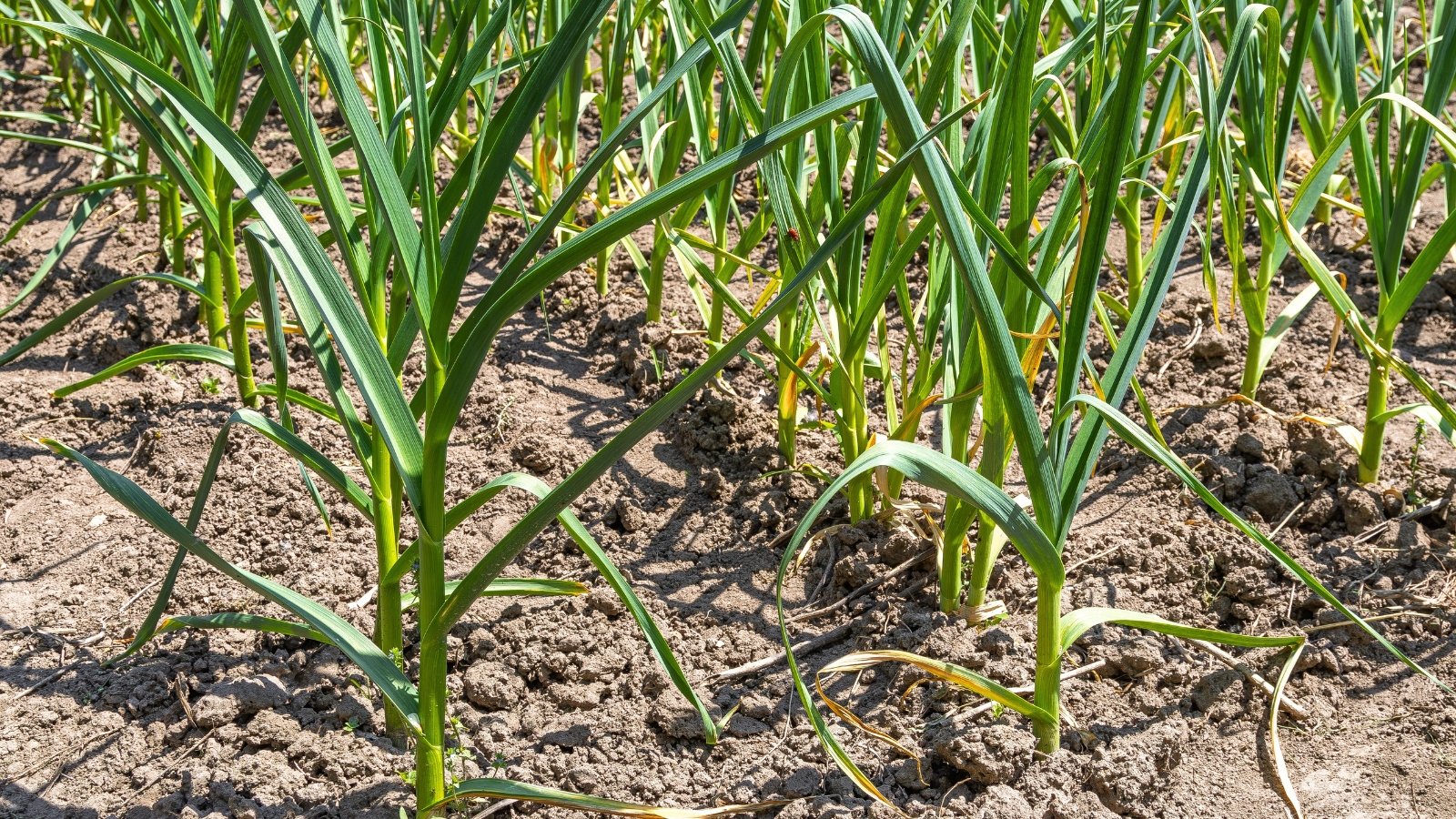 Frosty months encourage cloves to multiply before spring.
Frosty months encourage cloves to multiply before spring.October falls in the ideal planting range for garlic. Unlike other vegetables, this root crop needs frost to thrive. It uses the cold weather to split into multiple portions. Then, in spring, the portions swell into cloves.
Get garlic in the ground this fall for harvests next summer. Grow hardneck types up north, and softneck types in mild climates.
Dinosaur Kale
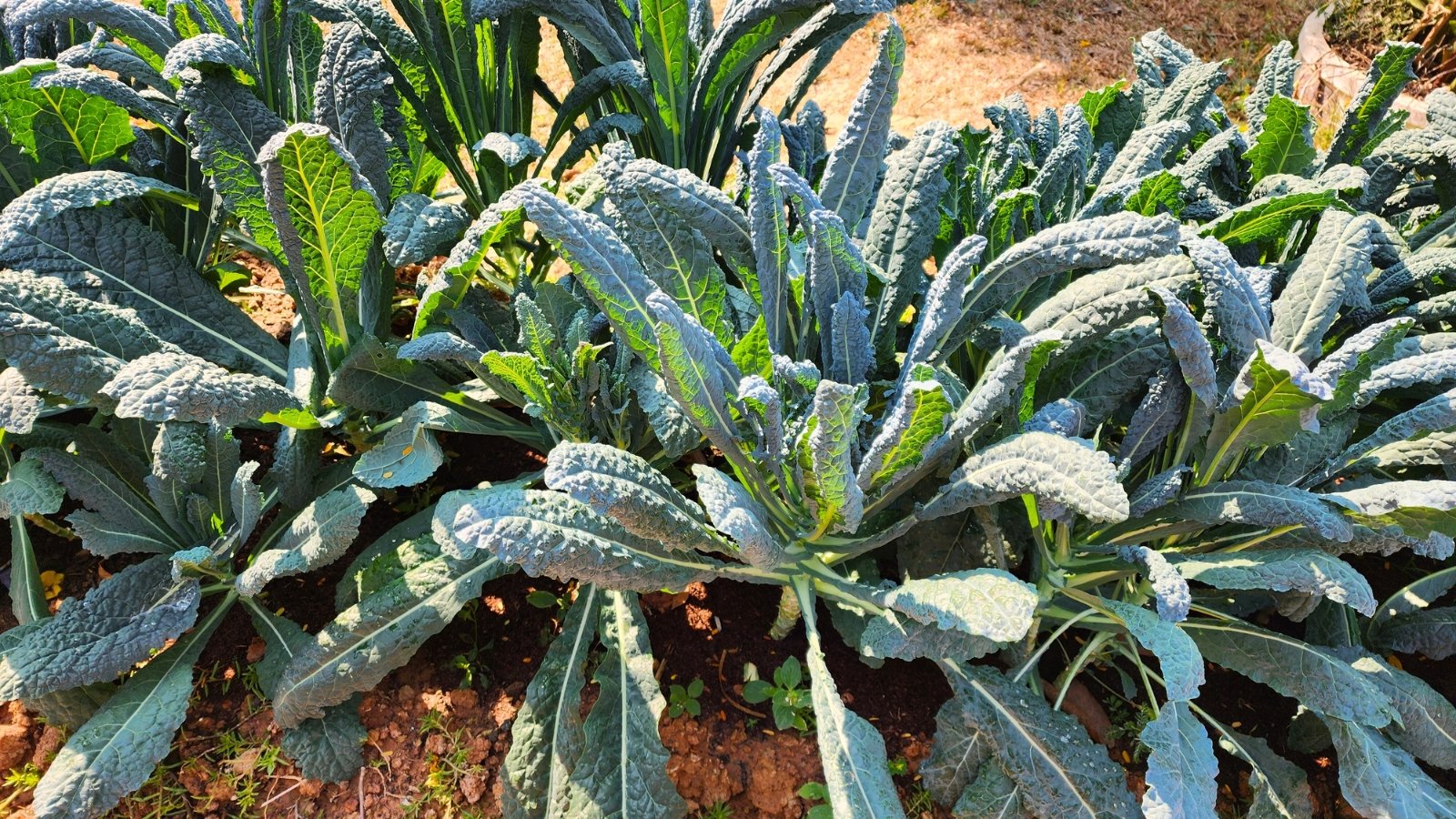 Baby greens or full leaves satisfy every craving.
Baby greens or full leaves satisfy every craving.Dinosaur kale is a fall favorite. Plant these frost-tolerant vegetables this October for tasty leaves through early winter. They may overwinter in regions without hard freezes.
Harvest kale seedlings for baby greens, or let the plants mature for full-size leaves. Add plenty of compost on top of the plants’ roots to insulate them through the cold months.
Mini-Romaine Lettuce ‘Little Gem’
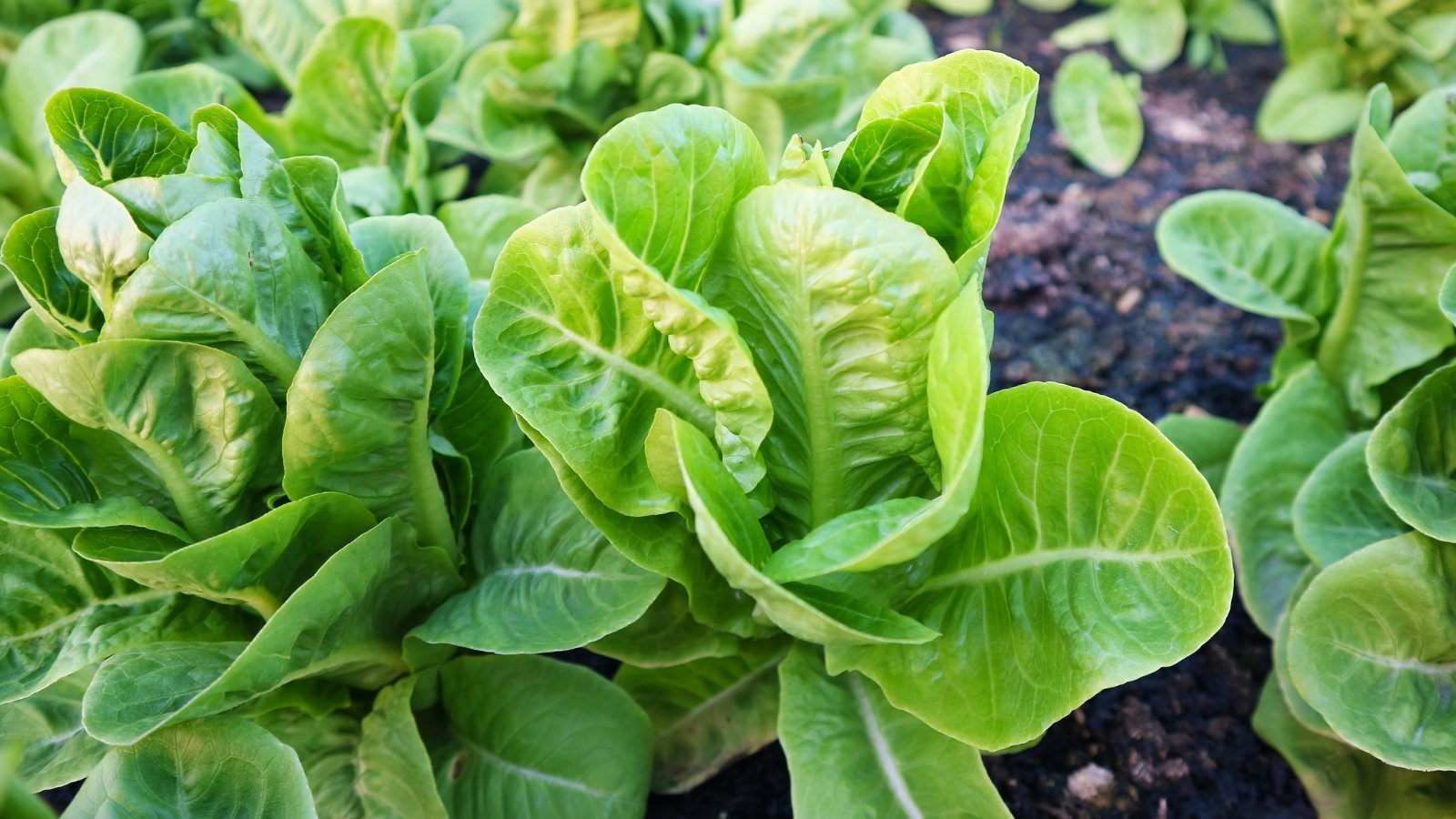 Small romaine grows fast, ideal for cold seasons.
Small romaine grows fast, ideal for cold seasons.‘Little Gem’ forms tight, small heads full of romaine leaves. It’s quick-growing because of its small stature, making it ideal for planting in October.
‘Little Gem’ matures in as little as 20 days. Pick young leaves for baby greens, or let the heads mature for up to two months before harvesting.
Onion
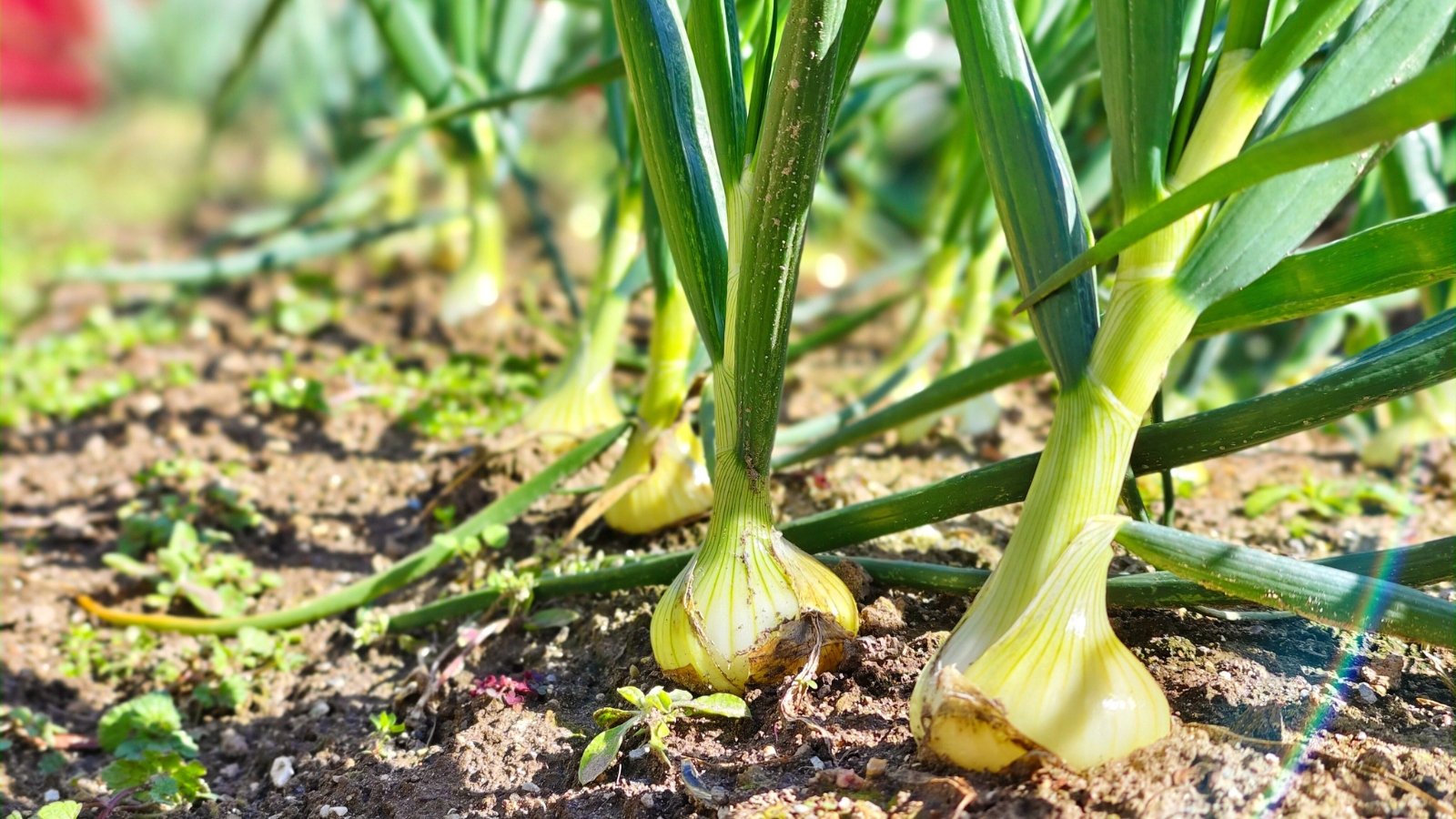 Winter planting gives early starts for growing success.
Winter planting gives early starts for growing success.Onions form bulbs when they grow properly. They need short or long days to mature, depending on the variety. Short-day onions grow best in southern areas, while long-day types grow better in the northern states. Intermediate onions grow well in between the two regions.
Plant these frost-tolerant vegetables in October for seedlings that overwinter. You won’t have bulbs to pick this year, but you’ll have a head start on the growing season next spring.
Shallot
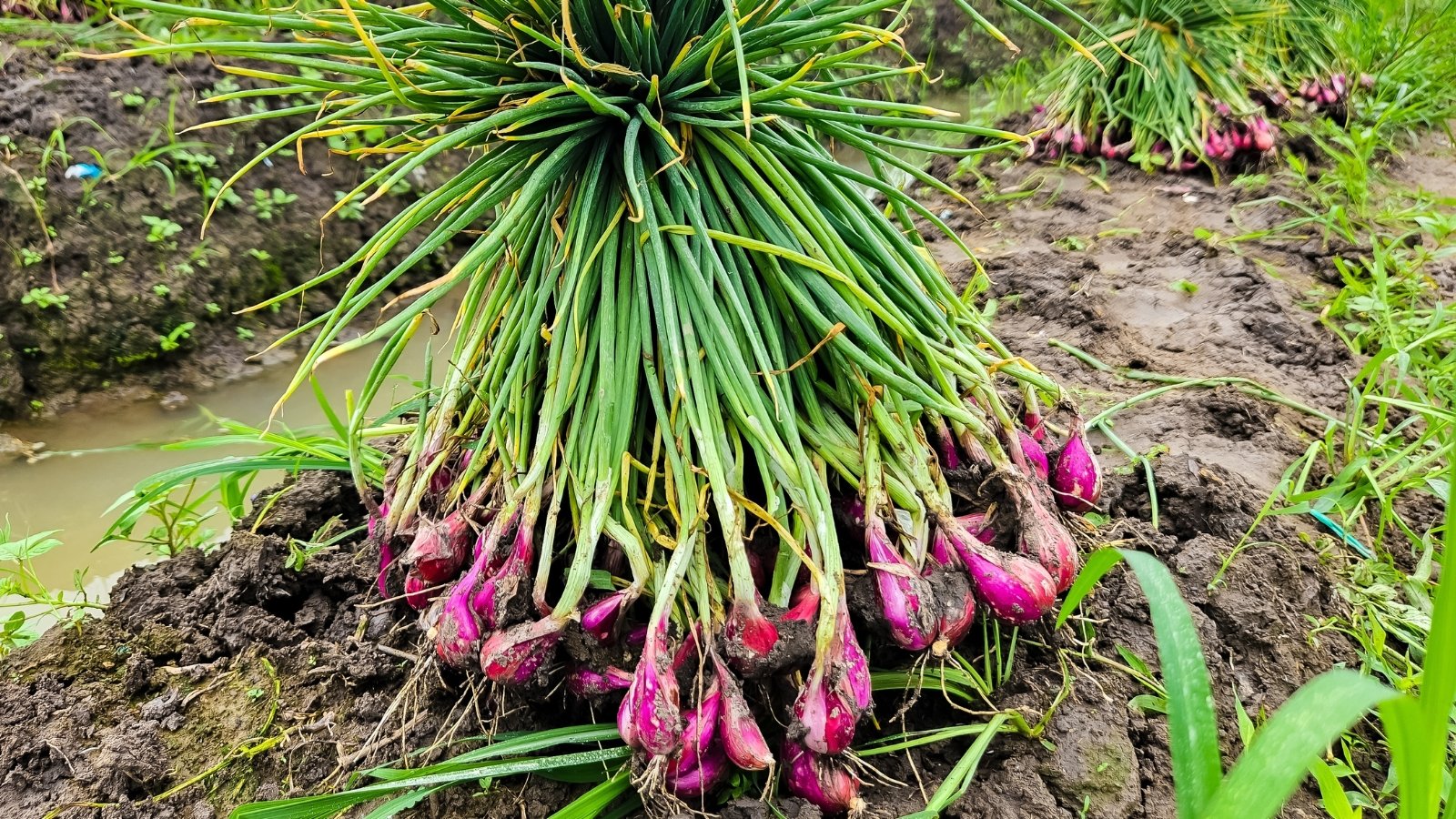 Early seedlings grow slowly, bringing kitchen delight later.
Early seedlings grow slowly, bringing kitchen delight later.Shallots are like mini onions. They have a soft flavor that many prefer when cooking, especially in fine dining. Most varieties have purple skin, though there are shallots of all kinds and colors.
Shallots, like onions, will overwinter under cover. Plant seeds this October for seedlings next spring.
If you can’t wait to harvest, plant seedlings now to use as green onions. Trim the seedlings when they appear, and use the fresh clippings in your meals.
Swiss Chard
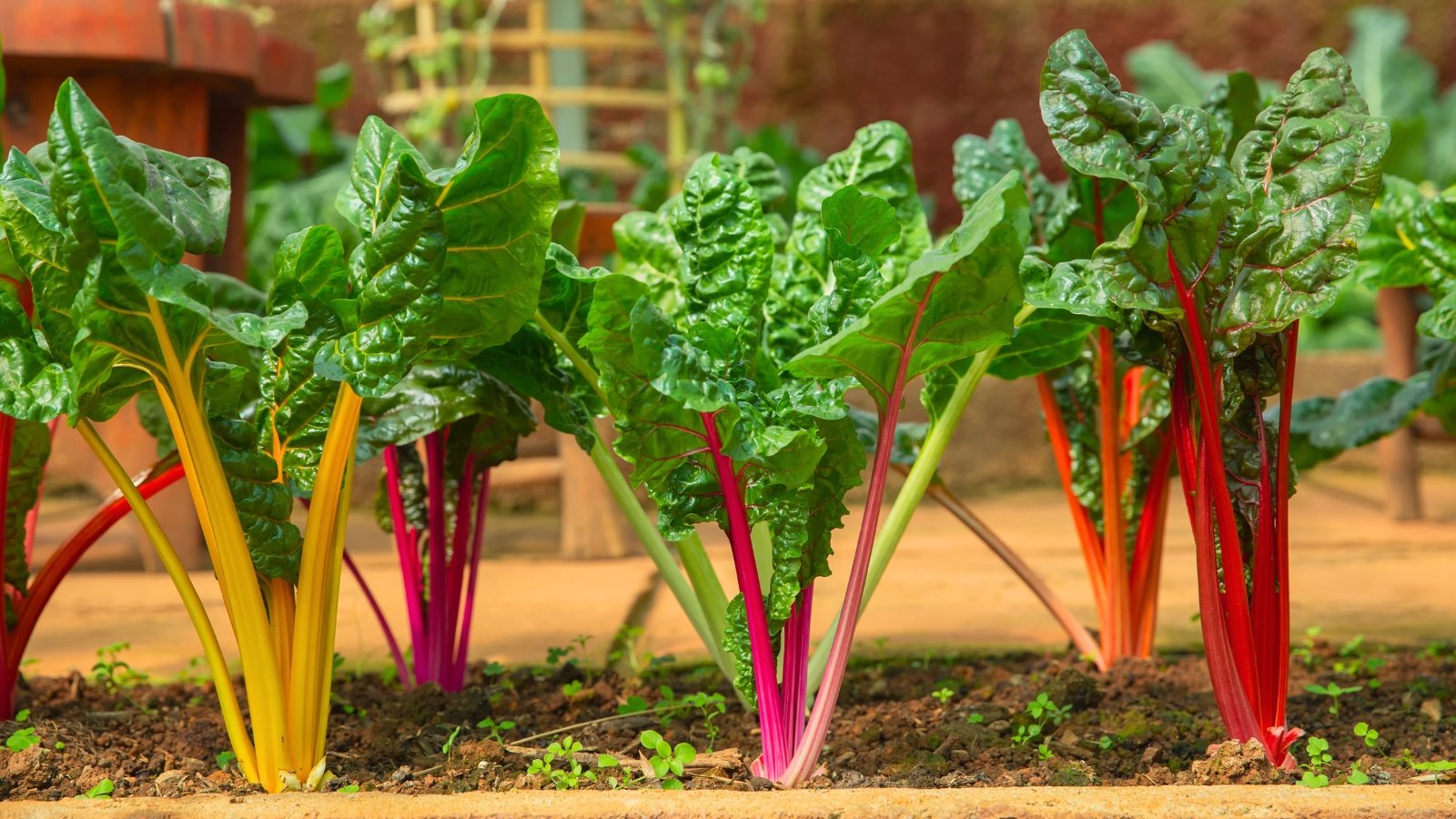 Vibrant shoots appear, surprising in every corner.
Vibrant shoots appear, surprising in every corner.Swiss chard grows whether you want it to or not! It’ll reseed itself readily in the home garden, and you’ll find colorful seedlings throughout your beds. Grow some seedlings this October and you’ll never have to plant chard again.
Chard is a biennial. It grows leaves in its first year. Then, it bolts to produce flowers and seeds the next year. Harvest it in the first year to prevent it from reseeding. Or, let it flourish if you’d like it to continue growing in your garden.


 10 hours ago
4
10 hours ago
4

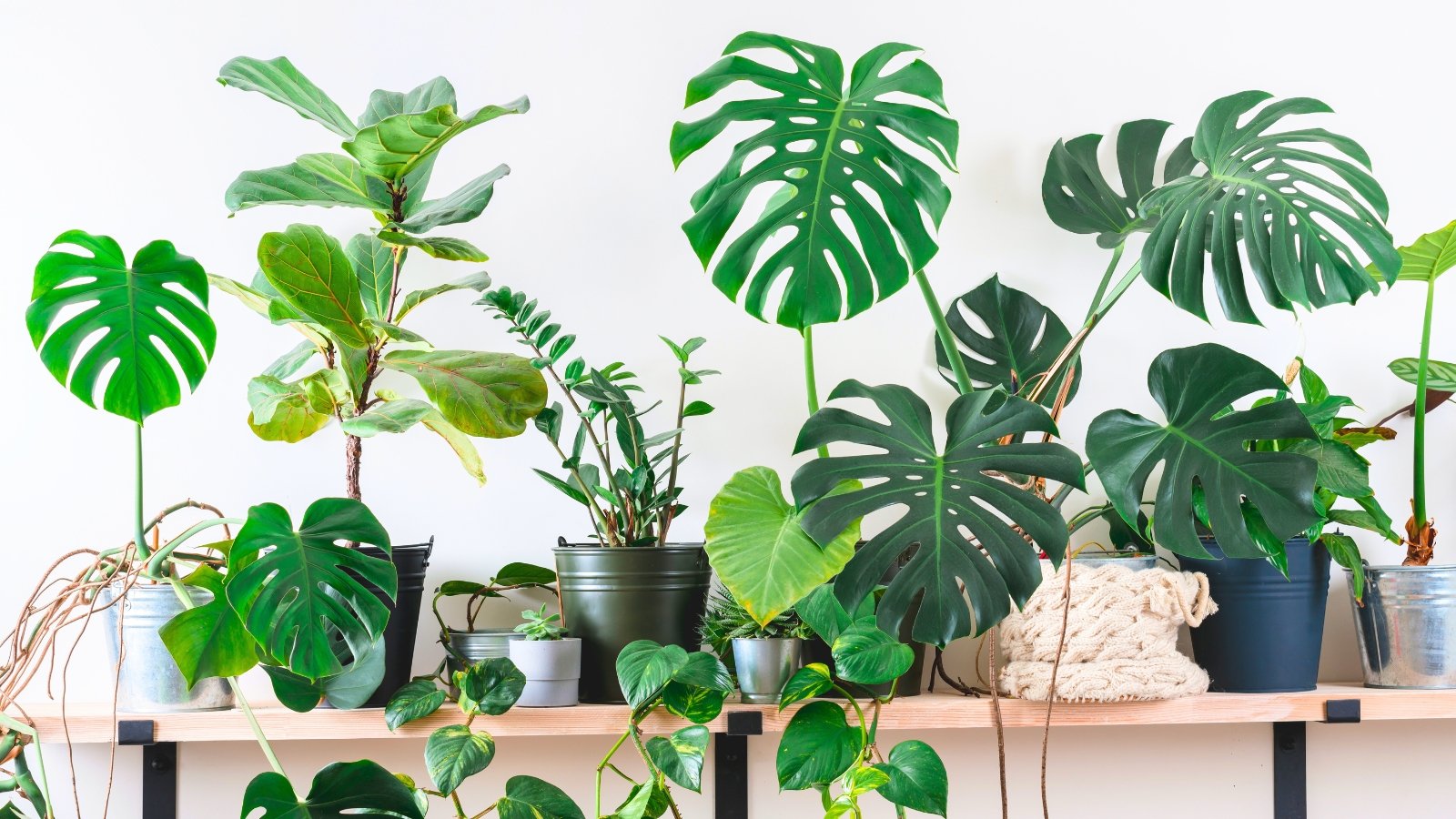


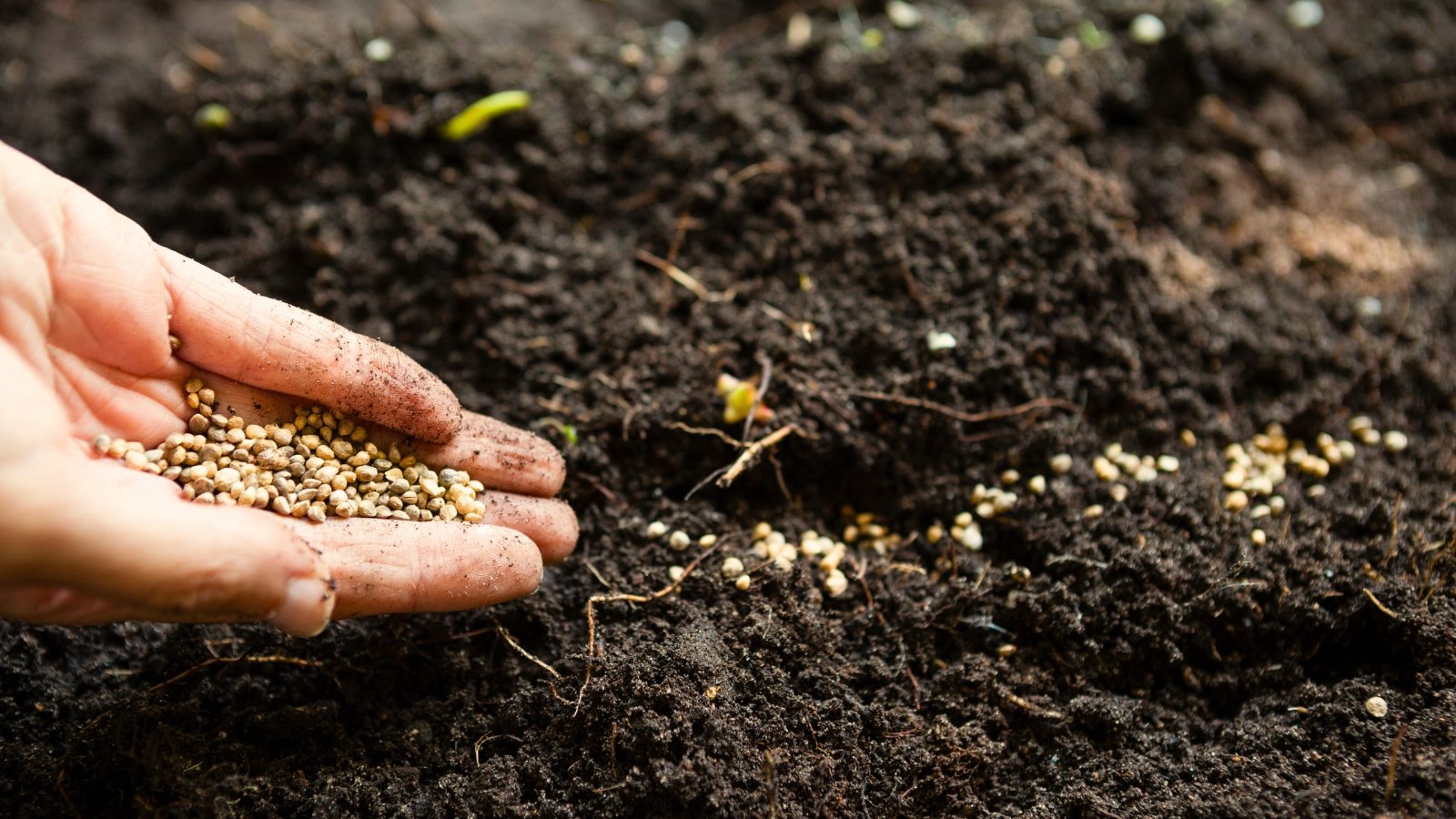
















 English (US) ·
English (US) ·  French (CA) ·
French (CA) ·